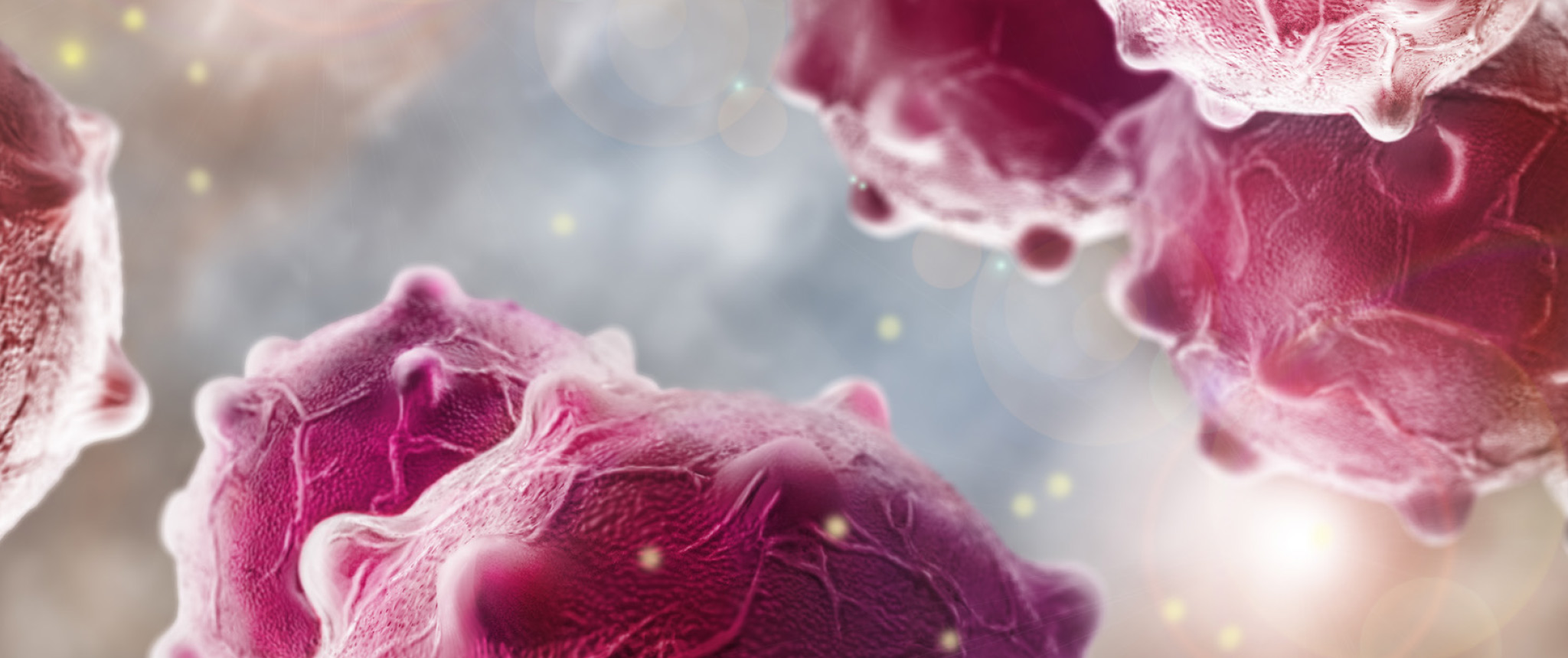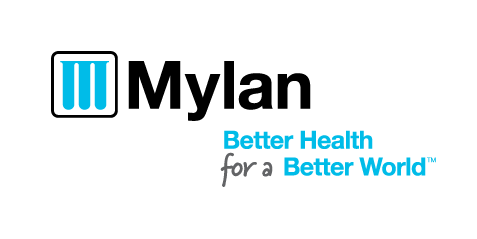
PEI and Pancreatic Cancer
About
Epidemiology
Causes
PEI is most likely in patients with tumours involving the pancreatic head which cause pancreatic and bile duct obstruction.3 In addition, pancreatic head tumours have been noted to cause greater reduction in pancreatic function compared with tumours in the body or tail of the pancreas.2 This applies to both exocrine and endocrine function.1
In cases of tumour obstruction, exocrine secretion does not decrease until more than 60% of the total duct length is obstructed. The closer the cancer is to the duodenum, the greater loss of exocrine function.1
Pathophysiology
As well as blockage of the main pancreatic duct being the most common cause of PEI associated with pancreatic cancer, replacement of pancreatic parenchymal tissue by a tumour exacerbates the problem.3
Several other factors contribute to the pathophysiology of PEI associated with pancreatic cancer:3
- Tumour-derived factors cause metabolic abnormalities that result in increased glucose production, increased protein breakdown throughout the body, and increased lipolysis
- Protein and fat stores are depleted
- Secondary mechanical factors can occur such as intestinal obstruction, pain, nausea and vomiting
Some patients undergo palliative surgery to bypass the bile duct and stomach, but this can result in pancreatic enzymes and bile arriving in the intestine at a different time to food from the stomach, further enhancing the symptoms of PEI.3
The production of several digestive enzymes has been shown to be decreased in patients with pancreatic cancer, including:2
- Trypsin
- Lipase
- Amylase
- Elastase
Of these, elastase secretion may be reduced earlier and to a greater extent than the other digestive enzymes.2
FACT
Pancreatic cancer has one of the worst overall survival rates of any cancer, with less than 5% of patients living beyond five years from the time of diagnosis.
National Institute for Health and Care Excellence (February 2018) Pancreatic cancer in adults : diagnosis and management. Available from : https://www.nice.org.uk/ NG85 .
Signs and Symptoms
PEI may go undetected because the signs and symptoms are similar to those of other gastrointestinal diseases.4
PEI causes malabsorption and maldigestion, resulting in symptoms of:3, 5
Symptoms
- WEIGHT LOSS
- ABDOMINAL PAIN
- FATIGUE
- DIARRHOEA
- STEATORRHOEA
- FLATULENCE
Steatorrhoea, which is characterized by foul-smelling, greasy stools, is the most classical clinical manifestation of PEI but may not appear until the disease is advanced.2,3
However, symptoms associated with steatorrhoea may not always be present because:5
- Patients with pancreatic cancer may limit their food and fat intake
- Opioids that patients may be taking for pain relief may cause constipation which can mask symptoms
Complications
Complications from maldigestion and malabsorption may have a progressive and detrimental effect on a patient’s wellbeing and may impact the outcome of the underlying disease, and increase morbidity and mortality.6-8 For a full discussion on complications of PEI, CLICK HERE.
Diagnosis
Pancreatic cancer patients with abdominal pain, diarrhoea, nutritional deficiencies, and unintentional weight loss should be tested for PEI.3
There are several methods available for diagnosing PEI, with the indirect methods being the most frequently used in the clinical setting. For a detailed discussion of these techniques, CLICK HERE.
Treatment
Approximately 80% to 90% of patients with pancreatic cancer have inoperable or advanced metastatic disease, so treatment is palliative with the aim of improving their symptoms, including gastrointestinal and dietary problems.2
Early treatment of PEI is recommended to reduce symptoms and improve fat absorption and weight gain in patients with pancreatic cancer.2, 3
For patients with PEI due to pancreatic cancer, pancreatic enzyme replacement therapy (PERT) is the standard treatment.2, 3
Clinical studies have shown that PERT is effective and important in the nutritional management of patients with unresectable pancreatic cancer.3
Pancreatic enzyme replacement therapy (PERT) increases body weight and fat absorption in PEI patients with unresectable cancer of the pancreatic head, compared with placebo.9
Study design
In this randomised, double-blind, 8-week trial, 21 PEI patients with unresectable cancer of the pancreatic head received either high dose enteric coated pancreatin enzyme replacement therapy or placebo. Active treatment capsules contained 25,000 Ph Eur units of lipase, 1250 Ph Eur units of proteases, and 22,500 Ph Eur units of amylase. Patients took two capsules orally with main meals and one capsule with each snack. All patients received dietary counselling.9

Nutritional intervention (PERT, nutritional supplementation, or referral to a dietician) in patients with PEI due to pancreatic cancer may improve survival.10
Impact of nutritional intervention
This was a single-centre retrospective analysis of all consecutive patients within a 1-year period who were diagnosed with pancreatic cancer (pancreatic ductal adenocarcinoma and neuroendocrine tumours). The aim was to assess the prevalence of PEI and the impact of nutritional intervention on overall survival. Of the 183 patients eligible, most (83%) had been referred for palliative chemotherapy, and 63% had symptoms of PEI. Of the 79 (43%) patients who received nutritional intervention, 93% received PERT, 4% received nutritional supplements, and 4% were referred to a dietician.10

- Nutritional intervention (PERT, nutritional supplementation, or referral to a dietician) was a significant independent factor associated with longer survival (10.2 months vs. 6.9 months, p=0.015)10
- Patients who received nutritional intervention were more likely to receive chemotherapy treatment (65.8% vs. 50%; p=0.03)10
Assessment of patients’ nutrient intake by a dietitian is an important part of PEI management in patients with pancreatic cancer.3
- Supplementation of dietary omega-3 fatty acids should be considered in pancreatic cancer patients as it may suppress the inflammatory processes involved in cancer-associated cachexia.3
- PEI can cause deficiencies in fat-soluble vitamins such as A, D, E and K so supplementing these should also be considered.3
To learn more about the treatment of PEI with PERT, dosing of PERT, and other aspects of PEI management, CLICK HERE.
References
- Keller J, Layer P. Human pancreatic exocrine response to nutrients in health and disease. Gut. 2005;54(Suppl 6):vi1-28.
- Singh VK, Haupt ME, Geller DE, Hall JA, Quintana Diez PM. Less common etiologies of exocrine pancreatic insufficiency. World J Gastroenterol. 2017;23(39):7059-7076.
- Smith RC, Smith SF, Wilson J, Pearce C, Wray N, Vo R, et al. Australasian guidelines for the management of pancreatic exocrine insufficiency. Australasian Pancreatic Club, October 2015. pp 1-122.
- Leeds JS, Oppong K, Sanders DS. The role of fecal elastase-1 in detecting exocrine pancreatic disease. Nat Rev Gastroenterol Hepatol. 2011;8:405-15.
- Sikkens EC, Cahen DL, de Wit J, Looman CW, van Eijck C, Bruno MJ. A prospective assessment of the natural course of the exocrine pancreatic function in patients with a pancreatic head tumor. J Clin Gastroenterol. 2014;48(5):e43-6.
- Sikkens EC, Cahen DL, van Eijck C, Kuipers EJ, Bruno MJ. Patients with exocrine insufficiency due to chronic pancreatitis are undertreated: a Dutch national survey. Pancreatology. 2012;12(1):71-73.
- Ockenga J. Importance of nutritional management in diseases with exocrine pancreatic insufficiency. HPB (Oxford). 2009;11(Suppl 3):11-15.
- Fitzsimmons D, Kahl S, Butturini G, van Wyk M, Bornman P, Bassi C, Malfertheiner P, George SL, Johnson CD. Symptoms and quality of life in chronic pancreatitis assessed by structured interview and the EORTC QLQ-C30 and QLQ-PAN26. Am J Gastroenterol. 2005;100(4):918-926.
- Bruno MJ, Haverkort EB, Tijssen GP, et al. Placebo controlled trial of enteric coated pancreatin microsphere treatment in patients with unresectable cancer of the pancreatic head region. Gut. 1998;42(1):92-96.
- McCallum L, Lamarca A, Valle JW. Prevalence of symptomatic pancreatic exocrine insufficiency in patients with pancreatic malignancy: nutritional intervention may improve survival. Cancer Research Frontiers. 2016;2(3):352-367.


